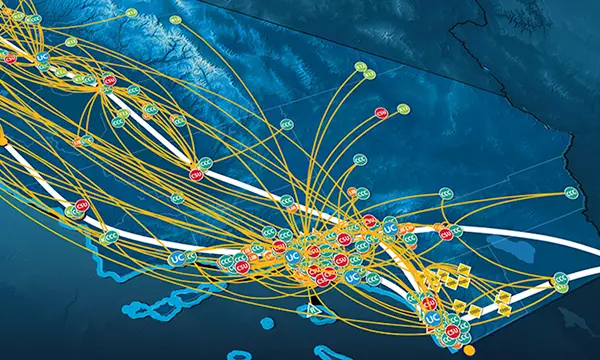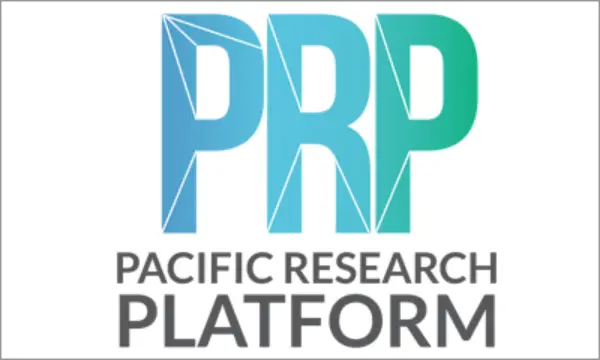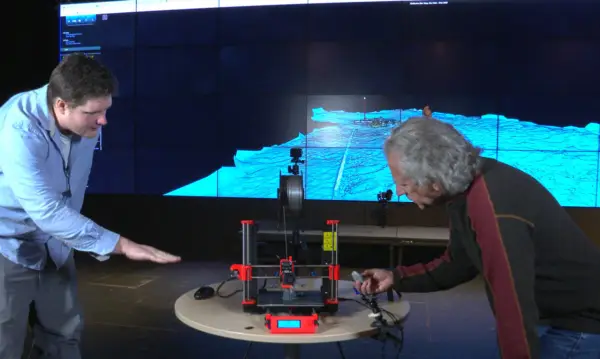- About
- Network
- Community
- Initiatives
- News
- Events
- Blog
- Publications
Blog: Category Archives: Pacific Wave
Enabling Network-Based Collaboration Around the World: A Tour of CENIC and Partner Network Maps
Categories RENS & NRENS Pacific Wave
On the Network Maps page at the CENIC website, you’ll find maps of all the networks, peering facilities, and exchanges to which CalREN connects, showing how thousands of CENIC member institutions connect to CalREN and to colleagues all over the globe.
The National Data Platform: Enabling Researchers to Cruise Vast Oceans of Data
Categories AI/Machine Learning RENS & NRENS Pacific Wave
Headed by SDSC Chief Data Science Officer İlkay Altıntaş, the National Data Platform makes vast databases available on an ever-growing variety of meteorological, geographic, and geologic sciences, as well as the services needed to make use of them.
A Community of Innovation: National Research and Education Networks in North America
Categories AI/Machine Learning RENS & NRENS Pacific Wave Security Equity & Access Technology & Innovation
In a CENIC Conference panel discussion, leaders of CANARIE, CUDI, Internet2, ESnet, and CENIC, addressed how their organizations and user communities approached AI and machine learning as major players in the global collaborative REN ecosystem.
Three Quick Guidelines to Help Your Organization Stay Safe from RPKI-Related Hacking
Categories RENS & NRENS Pacific Wave Security GOLDENSTATENET The CENIC Community Technology & Innovation
Using secure passwords, enabling MFA, and defining those authorized to make changes to your ARIN account can help your institution avoid RPKI-related hacking.
Doing More with Less: Balancing Network Energy Budgets through Spectrum Services
Categories RENS & NRENS Pacific Wave Technology & Innovation
Learn about Spectrum Services, the latest innovation in service provisioning offered by CENIC over CalREN and how it makes network services more equipment- and energy-efficient.
CENIC Support for NOAA
Categories Cultural & Scientific RENS & NRENS Pacific Wave
We have come to expect much from those who predict and forecast weather as our ever-changing climate impacts our lives. And those whose job it is to provide us with that information rely on NOAA, the National Oceanic and Atmospheric Administration, within the US Department of Commerce. Today NOAA’s predictive strength is linked to N-Wave, it's network service provider that ensures high quality, highly scalable connections and network solutions to its federal agency via science, research, and education partners across the country.
Transformed Infrastructure for Sustained Network Connections at SC22
Categories RENS & NRENS Pacific Wave Technology & Innovation
Each year, networking engineers from CENIC and its partners spend weeks devising critical infrastructure to enable a range of demonstration projects, dedicating nearly eighty percent of the effort to building the network infrastructure for the demonstrations, with the demonstrations themselves receiving twenty percent of the focus. That distribution of effort was forever shifted with a few innovative decisions resulting from the SC21 conference that retained the network infrastructure developed in support of dynamic, multi-domain path provisioning developed for the event. And those decisions are already having an impact on planning for SC22.
PRP: Fulfilling the Promise of Collapsing Space and Time
Categories University of California RENS & NRENS Pacific Wave
The Pacific Research Platform (PRP) was originally conceived in 2014 by member institutions of CENIC, the Corporation for Education Network Initiatives in California, as a way to support data-intensive research projects. The challenge was to connect multiple researchers located in multiple locations who require rapid access to dispersed datasets. It has become a significant force in developing an entirely new model of cyber-infrastructure ecology.
SC21 + CENIC
Categories RENS & NRENS Pacific Wave
As the SC21 conference launches both in St. Louis and virtually, CENIC’s network engineering team is hard at work preparing to help support a number of demonstration projects designed to show the power of global collaboration to fuel science and discovery.
Virtual Excavations: Pacific Research Platform Enables Remote Collaboration on Underwater Archeological Dig in Israel
Categories University of California RENS & NRENS Pacific Wave
Supported by CENIC's 400-gigabit research network, the Pacific Research Platform has not only enabled researchers at UC San Diego and their partners at the University of Haifa in Israel to go ahead with their archeological dig despite the COVID-19 pandemic but also drastically accelerated data analysis times.










